Unraveling the Strings of Consciousness and Soul
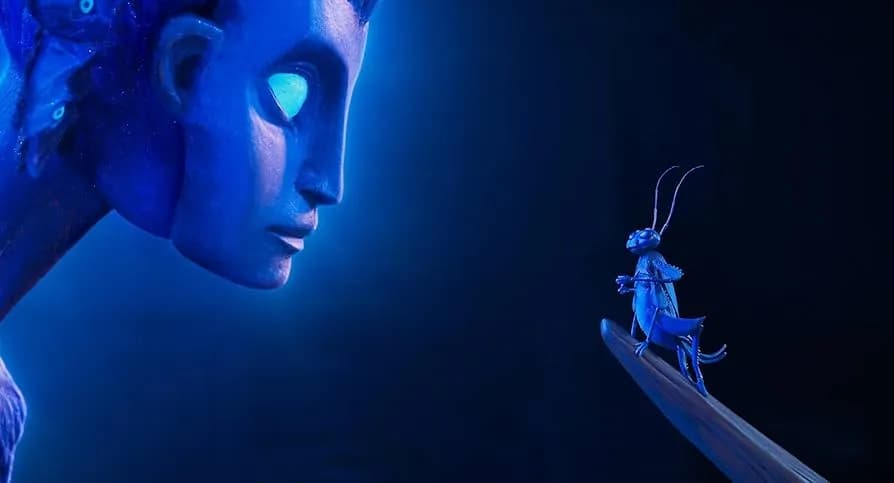
In the labyrinth of human consciousness, where strings of fate intertwine with the puppetry of the psyche, we find ourselves dancing to the tune of an unseen maestro. But what if, like Pinocchio, we could cut those strings and become real? This journey into the depths of the mind, from the whispers of our inner voice to the roar of our unconscious divinity, might just be the key to unlocking our true potential.
Table of Contents
Open Table of Contents
- The Wooden Boy’s Whisper: Carl Jung and the Voice in Your Head
- The Alchemist’s Crucible: Transforming the Lead of Trauma into the Gold of Growth
- The Paths of Destiny: Attack on Titan and the Collective Unconscious
- Quantum Leaps and Free Will: The Physics of Consciousness
- Arrival: The Linguistic Dance of Time and Consciousness
- The Synthesis: Your Personal Pinocchio Journey
- References
The Wooden Boy’s Whisper: Carl Jung and the Voice in Your Head
Picture this: You’re walking down a dimly lit corridor, your footsteps echoing in the silence. Suddenly, a voice pipes up, “Hey, maybe we should turn back.” But wait, who said that? Welcome to the fascinating world of the inner monologue, your personal Jiminy Cricket perched on the shoulder of your psyche.
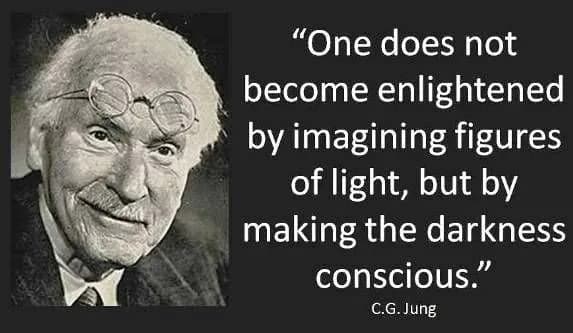
Carl Jung, the Swiss psychiatrist who probably spent more time talking to himself than most of us spend talking to others, had a lot to say about this internal chatterbox. He believed that this voice was more than just a nagging reminder to floss; it was a crucial component of what he called the “Divine Self.”
In Jung’s view, this inner voice is like a GPS for the soul, guiding us towards what he termed “individuation” - the process of becoming our true, authentic selves. It’s as if we’re all walking around with a tiny Jung in our heads, urging us to “be yourself” long before it became an Instagram caption.
But here’s where it gets interesting: this voice isn’t always your BFF. Sometimes, it’s the voice of your inner critic, the one that tells you your new haircut makes you look like a sentient mop. Other times, it’s the voice of your unconscious, bubbling up like a geyser of repressed thoughts and desires.
Guillermo del Toro’s “Pinocchio” (2022) beautifully illustrates this concept. In the film, Pinocchio’s conscience isn’t just a cute cricket; it’s a manifestation of his inner struggle to understand mortality and morality. As Pinocchio grapples with his wooden nature and his desire to be “real,” we see a poignant representation of Jung’s individuation process in action.
The Alchemist’s Crucible: Transforming the Lead of Trauma into the Gold of Growth
Now, let’s dive deeper into the murky waters of the psyche, where Jung’s theories mingle with the ancient art of alchemy. No, we’re not talking about turning lead into gold (though if you figure that out, call me). We’re talking about the alchemy of the soul.
Jung saw striking parallels between the alchemical process and psychological transformation. Just as alchemists sought to purify and transform base metals, Jung believed we could transform our psyche through the integration of opposing forces within us. He called this the “marriage of opposites,” a concept that sounds like it could be the title of a quirky indie rom-com.
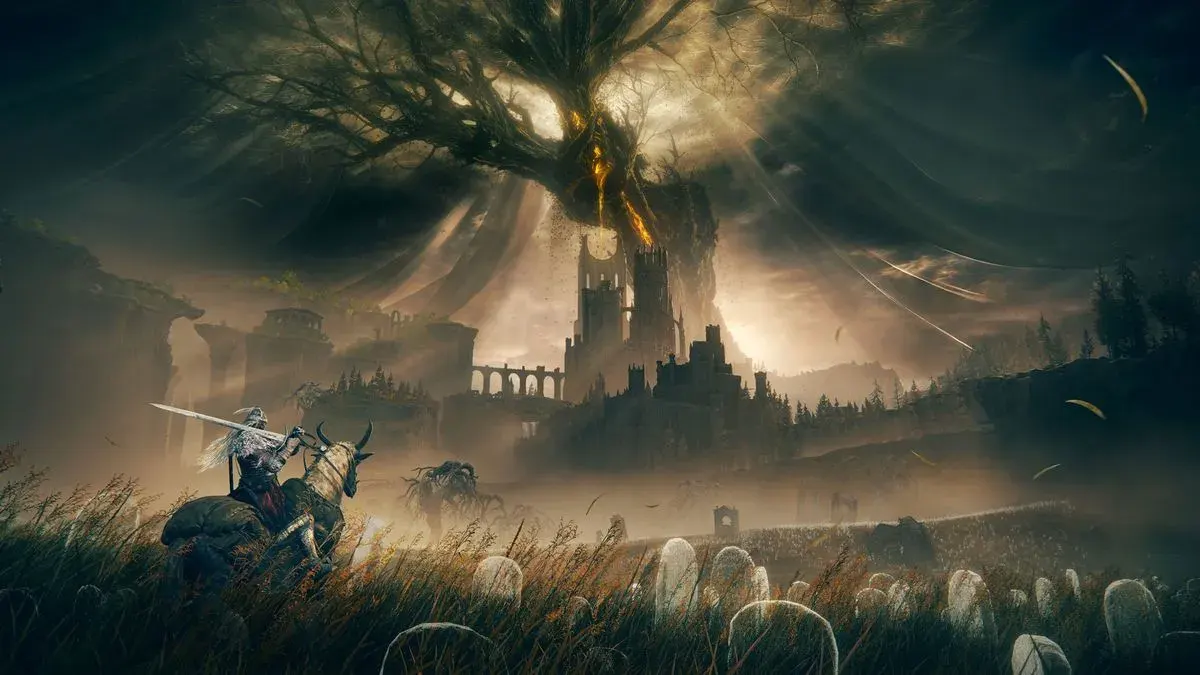
This idea of duality and integration is beautifully represented in the video game “Elden Ring.” The game’s world is a tapestry of light and dark, life and death, sanity and madness. As the player character, you’re tasked with mending a shattered world - a perfect metaphor for the fragmented psyche Jung often discussed.
But here’s the kicker: this process isn’t all sunshine and rainbows. It often involves confronting our inner child trauma, those deep-seated wounds that make us wince when someone mentions our high school yearbook photos. This confrontation is crucial, though. As Jung put it, “There is no coming to consciousness without pain.”
The Paths of Destiny: Attack on Titan and the Collective Unconscious
Speaking of pain, let’s talk about “Attack on Titan.” This anime series introduces the concept of “the paths,” a metaphysical dimension connecting all Subjects of Ymir. It’s a striking visual representation of Jung’s concept of the collective unconscious, a shared reservoir of experiences and memories that connects all of humanity.
In “Attack on Titan,” the paths serve as a conduit for memories and will, transcending time and space. Similarly, Jung proposed that our unconscious minds are linked in ways that defy our understanding of physics. It’s as if we’re all nodes in a cosmic internet, sharing memes across the astral plane.
This idea of interconnectedness brings us to the thorny question of free will. Are we truly the authors of our own stories, or are we just playing out a script written by forces beyond our comprehension?
Quantum Leaps and Free Will: The Physics of Consciousness
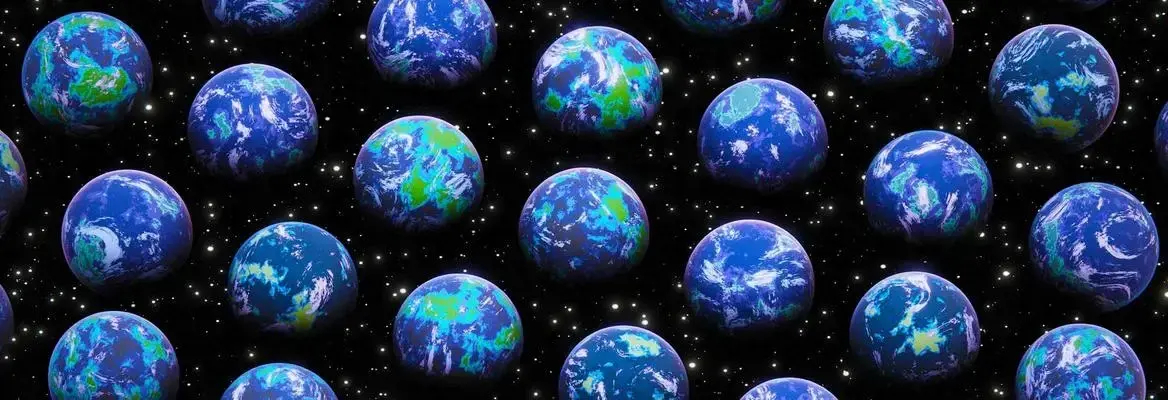
Enter quantum physics, stage left. In his book “Quantum Physics Made Me Do It,” physicist Jérémie Harris explores the mind-bending implications of quantum mechanics on our understanding of free will and consciousness.
Quantum physics introduces an element of fundamental unpredictability to the universe. At the quantum level, particles exist in a state of superposition, simultaneously occupying multiple states until observed. This quantum weirdness has led some thinkers to propose that consciousness itself might be a quantum phenomenon.
If our thoughts and decisions are influenced by quantum processes in our brains, does this restore our sense of free will, or does it simply replace determinism with randomness? It’s enough to make you want to take a quantum leap right out of this philosophical conundrum.
Arrival: The Linguistic Dance of Time and Consciousness
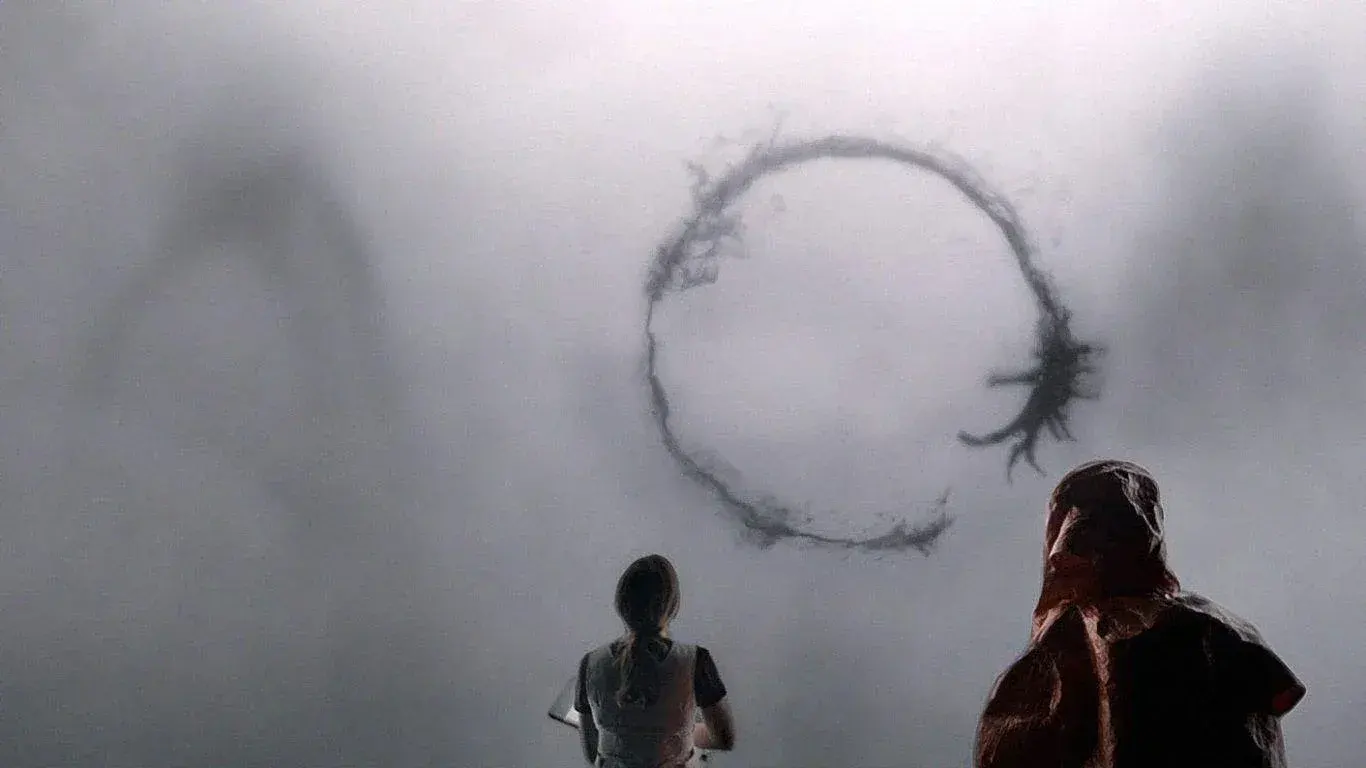
Let’s bring this cerebral journey into the realm of science fiction with a nod to the 2016 film “Arrival,” based on Ted Chiang’s novella “Story of Your Life.” The movie tells the story of a linguist who learns to communicate with alien visitors and, in doing so, gains the ability to perceive time non-linearly.
This film serves as a powerful metaphor for our exploration of consciousness. Like Dr. Louise Banks in the movie, we often perceive our lives in a linear fashion, unaware of the cyclical nature of our experiences and the interconnectedness of past, present, and future. But when we “arrive” at a new understanding - through learning a new language, embracing a different culture, or experiencing a paradigm-shifting event - we’re confronted with the possibility of perceiving reality in an entirely new way.
The film’s central concept, that language shapes our perception of reality, echoes the Sapir-Whorf hypothesis in linguistics. It suggests that the structure of our inner monologue and the words we use to describe our experiences might fundamentally alter how we perceive time, causality, and even our own consciousness. In essence, by changing our internal language, we might reshape our very experience of reality.
The Synthesis: Your Personal Pinocchio Journey
So, where does this leave us? We’ve traveled from the whispers of our inner voice to the quantum dance of particles, from the alchemical transformation of the soul to the shared paths of human consciousness. What’s the takeaway from this whirlwind tour of the psyche?
Perhaps it’s this: Like Pinocchio, we’re all on a journey to become “real.” This doesn’t mean transforming from wood to flesh, but rather integrating all aspects of ourselves - the light and the dark, the conscious and the unconscious, the inner child and the mature adult.
This journey isn’t easy. It requires us to confront our traumas, wrestle with our inner critic, and navigate the labyrinth of our unconscious. But as Jung reminded us, “The privilege of a lifetime is to become who you truly are.”
So the next time you hear that little voice in your head, remember: it might just be the key to unlocking your Divine Self. Or it could be telling you to check if you left the stove on. Either way, it’s worth listening to.
In the end, whether our actions are guided by quantum physics, collective unconscious paths, or just really good therapy, the journey of self-discovery is uniquely ours. So grab your metaphorical cricket, embrace your inner wooden boy, and step into the alchemy of your own transformation. After all, in the grand puppet show of life, you’re both the marionette and the puppeteer.
References
- C.G. Jung, Collected Works. Princeton University Press, 1953-1979.
- G. del Toro, Director, Pinocchio. [Film]. Netflix, 2022.
- FromSoftware, Elden Ring. [Video game]. Bandai Namco Entertainment, 2022.
- H. Isayama, Attack on Titan. [Manga series]. Kodansha, 2009-2021.
- J. Harris, Quantum Physics Made Me Do It. [Book] Viking , 2023.
- D. Villeneuve, Arrival. [Film]. Paramount Pictures, 2016.